This recipe comes with a dose of intriguing folklore. While the plague-era tale is likely embellished, after using my Four Thieves Vinegar recipe for years I can say there is truth to the magic of this herbal blend.
History and Lore of Four Thieves Vinegar
In 1346, a plague spread through Europe. Telltale signs of the disease were fever and swollen skin sores that made the skin look black. Caused by an outbreak of Yersinia pestis, a bacteria spread by fleas, the Black Death is believed to have killed millions of Europeans in the span of a few years —a third of the continent’s population at the time.
It’s said that people used aromatic herbs to protect themselves from catching the disease. This specific legend tells of a team of grave robbers who avoided the plague with homemade preparations that included the herbs in this recipe.
As folklore is wont to do, details shift from one telling to the next. I personally heard this tale from many of my early herb teachers that I studied with in the 1980’s. Some say the four thieves wore masks soaked in vinegar, herbs, and spices. Or did they sip the aromatic vinegar? Was it used in the 1300s or during the Great Plague of Marseille in 1720?
One researcher suggests that the tale of this aromatic vinegar took shape in the 19th century, drawing on plague lore from over the centuries, with little evidence of the four thieves or their recipe.
Even so, after using and sharing my Four Thieves Vinegar recipe for years, the stories I’ve heard of ailments averted by using this vinegar could fill a book.
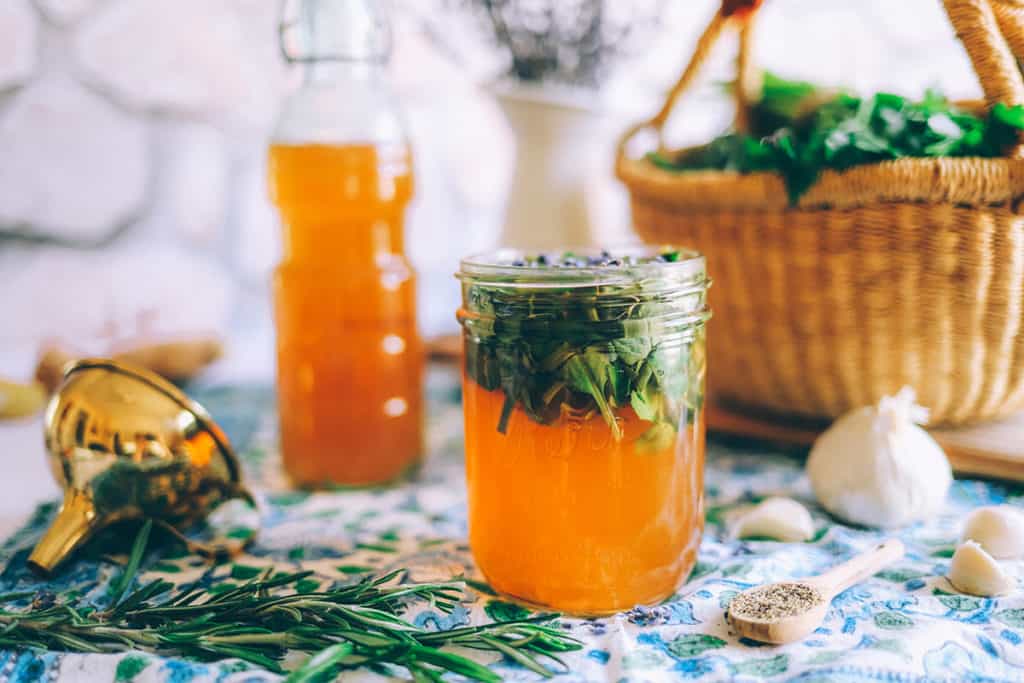
Herbs’ Innate Defenses
We know that aromatic herbs can defend against pathogens. The volatile oils that give these herbs their distinctive scents also have antimicrobial actions. These are plants’ innate defense against environmental stressors, including pathogens.
My Four Thieves Vinegar recipe calls upon the defenses of seven common household herbs: lavender, rosemary, sage, thyme, peppermint, and garlic, plus a little black pepper.
Lavender
The aromatic oils in lavender have been shown to have antibacterial activity against clinical strains of bacteria, and may also help stimulate the immune system.
Rosemary
According to a study comparing aromatic herbs, rosemary is one of the best broad-spectrum antibacterial agents, possibly the strongest on this list. It also has antifungal properties.
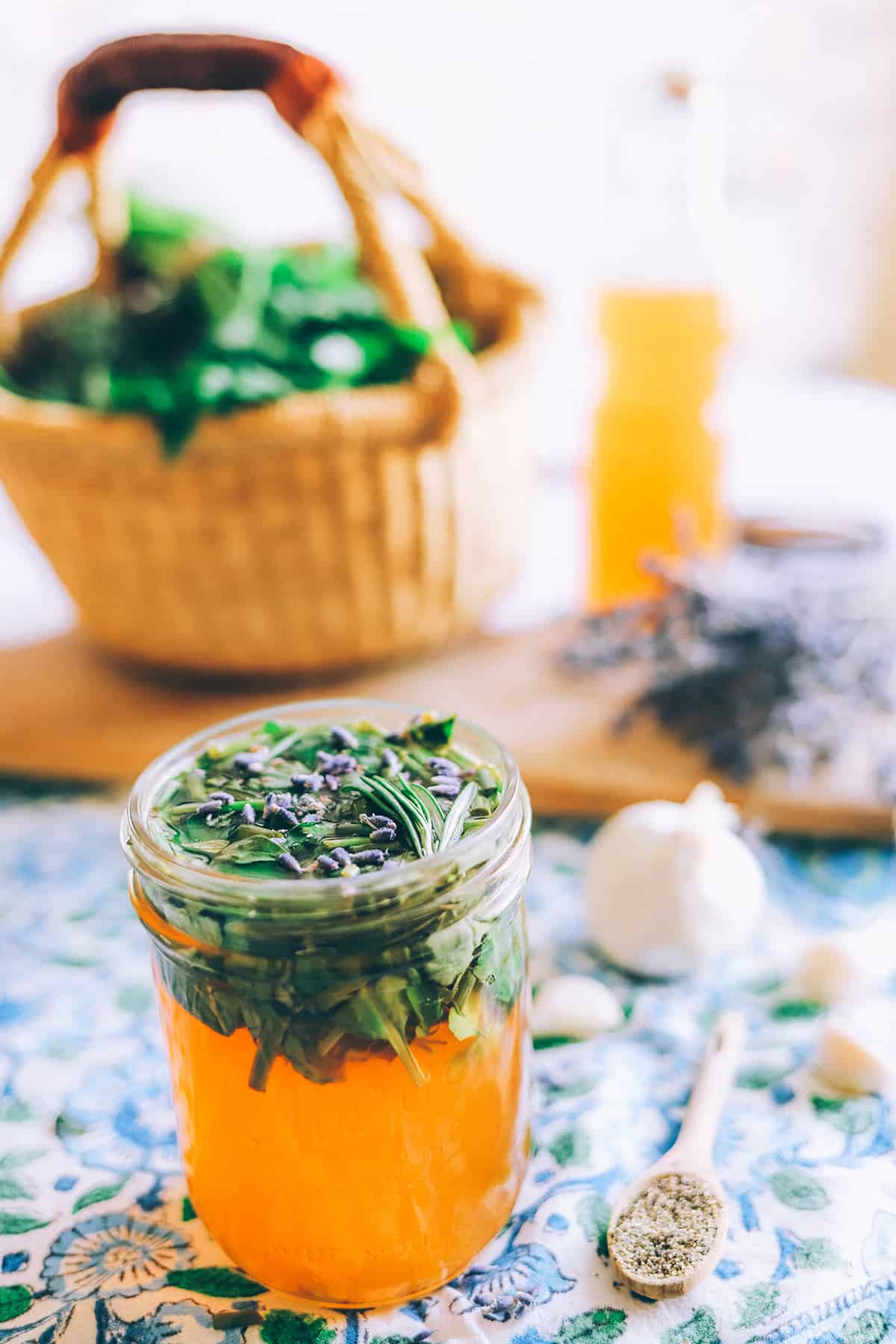
Sage
Common sage has antiviral and antibacterial activity attributed in part to the fragrant compounds camphor and thujone.
Thyme
Thyme has been found to have moderately broad antimicrobial activity and is used for situations specific to the sinus and lungs.
Peppermint
Peppermint has notable antimicrobial activity, though not as broad as rosemary or thyme.

Garlic
Fresh garlic offers potent protection against bacteria, fungi, and viruses. This is one herbal medicine that still holds its lore in modern culture. Even if someone is not interested in herbal knowledge, they have it in their mind that garlic fights off colds. You can find out more about how I like to use garlic, here: Most Used Herbal Medicine: Garlic for Colds and Flu Prevention
Black Pepper
Black pepper has excellent antimicrobial activity, thanks to piperine, terpenes, and flavones. It also acts as a “driver” in the formula, stimulating circulation to help get the compounds where they need to go.
Apple Cider Vinegar
As a fermented food, apple cider vinegar has been shown to have antimicrobial properties even before it is infused with aromatic herbs.
A true folk remedy, the specifics of the original recipe are unknown. Many herbalists have perfected their own version of Four Thieves Vinegar. Here’s mine.
Four Thieves Vinegar Recipe
Ingredients
- 1/2 cup finely chopped fresh lavender
- 1/2 cup finely chopped fresh rosemary
- 1/4 cup finely chopped fresh sage
- 1/4 cup finely chopped fresh thyme
- 2 tbsp finely chopped fresh peppermint
- 3 garlic cloves, finely chopped
- 1 tbsp powdered black pepper
- 3 cups apple cider vinegar
Instructions
- Fill a quart-size glass jar with the herbs and spices.
- Pour vinegar over the ingredients, filling the jar to the top with vinegar. The vinegar should cover the ingredients by at least a couple of inches.
- Close the lid. If you’re using a metal lid, cover the opening of the jar with two sheets of wax paper before putting the lid on. Plastic lids work well for this recipe.
- Store vinegar in a cool dark place for one month. Shake it once in a while and occasionally check to see if you need to add more vinegar, as some might get soaked up by the plant material. If the herbs are sticking out above the vinegar, add more vinegar.
Decant
- After one month, strain the herbs from the vinegar.
- Place a funnel into the opening of a clean, sterilized jar. Lay muslin over the top of the funnel.
- Pour your infused vinegar through the muslin.
- Let the vinegar strain through the cloth and funnel into the clean jar.
- Don’t squeeze the muslin, as that will squeeze water from the plant material, shortening the shelf life of your vinegar and making it cloudy.
- Discard the strained ingredients into the compost. The liquid left behind is your herbal vinegar.
Notes
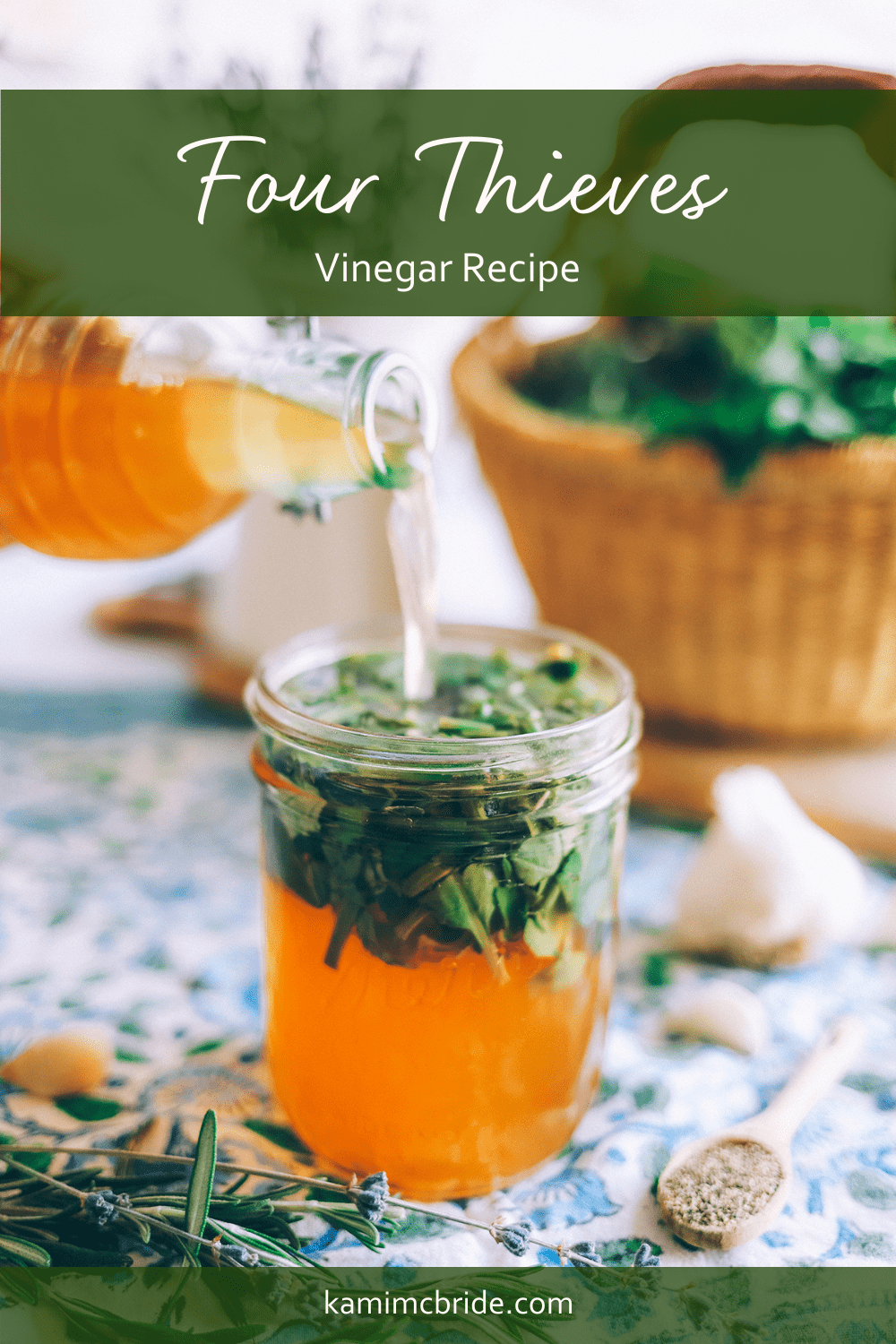
Ready to seriously herbify your kitchen pantry? Check out My Herbal Kitchen
I would love to hear from you! Have you used this Four Thieves Vinegar recipe? Share your story in the comments below.

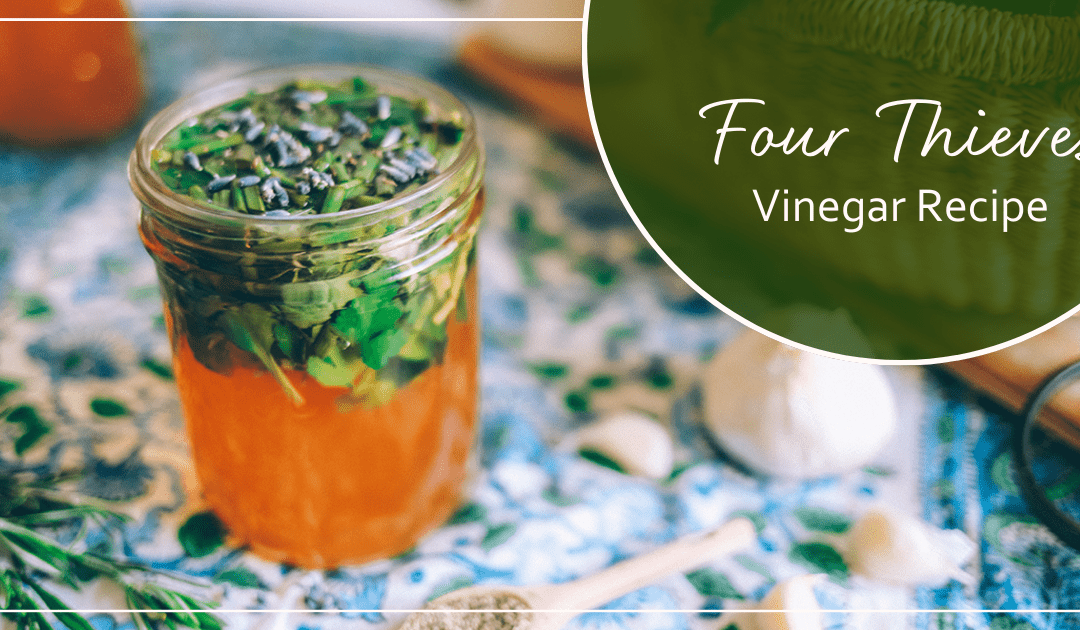


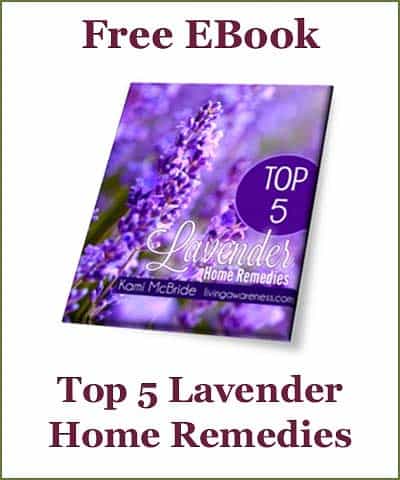
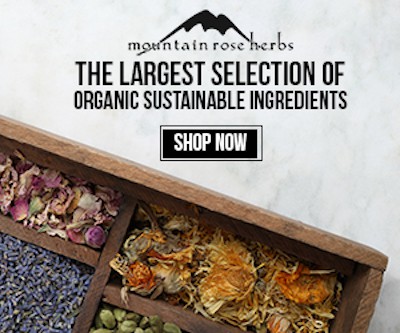
Where do you find fresh organic lavender please
It is almost lavender time of year! Check out my Herb Store List blog to get connected to your local herb purveyors- depending on where you live, you may be able to obtain some locally. When I need a lot, I will connect with a lavender farm and some will ship the fresh herb to you.
You can store your medicinal vinegars in the fridge.
wow thank you i will use for my school project
Thank you Kami, going to try this one as well.
Great, I am glad you are inspired!
This is awesome! Thank you.
Can you use dry herbs instead of fresh
All of my recipes are meant to be played with, go ahead and experiment! In general, we use half as much dried as fresh, so cut the herb amount in half for dried (leave everything else the same).
I am going to make this and use it right away. for frequent bout of sinus problems.
We’ve been making Fire Cider now for the passed 3 -4 years and have shared it with many friends and relatives. Many are making their own now and I’m so happy to be able to share what I’ve learned from you!
We are looking forward to trying the Four Thieves Vinegar now. Thank you so much, Kami!!
I wonder if fresh ginger could be added to this? I’m always curious if the qualities of certain herbs cancel out the properties of other herbs? I am curious about adding ginger as I find it enormously medicinal. If fresh, then presumably as per the other ingredients. Thank you so much for your generous spirit.
All of my recipes are meant to be played with, go ahead and experiment!
Thank you for sharing! This looks amazing. Where do you usually find the fresh lavender?
In my garden…you can use half as much of dried lavender
Am I safe to assume ,when using dry I can squeeze the herbs or should that just be a no because it doesn’t enhance or make a better concoction
When the herbs are dry or you are going to eat/use the preparation quickly, you can squeeze all the menstruum out of the herbs. Avoid squeezing when using fresh herbs in oil.
You are amazing.
AM GOING TO MAKE THIS FOR SURE
I’m going to make this, and wonder if I can use dried herbs in place of fresh? Thank you!!
Yes, use half the amounts
thank you bunches!!
tysvm
For the lavender do you use the whole stem, leaves and flowers?
Use the flowers, leaves, and flexible part of the stem.
Four Thieves Vinegar Recipe, I am interesting about the story is true I didn’t know. Thankyou for your sharing this recipe.
Not the “recipe” I’m familiar with, but I’m open to ALL & love different!!!